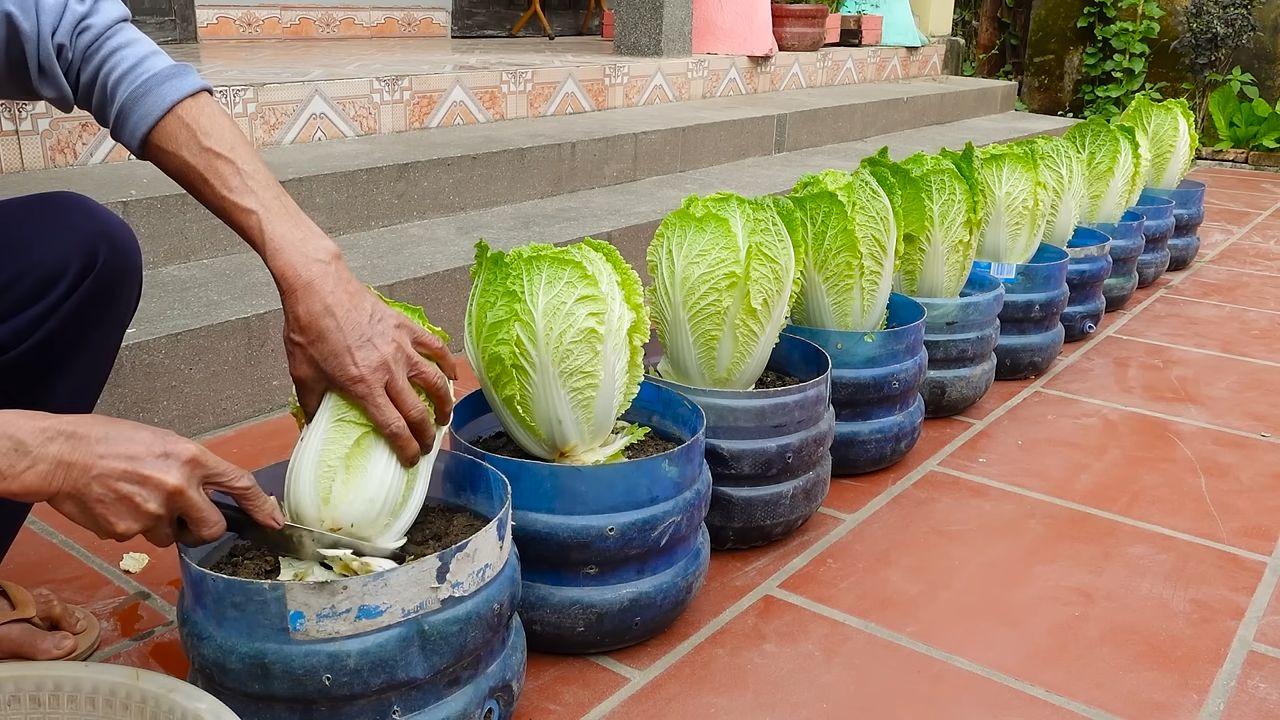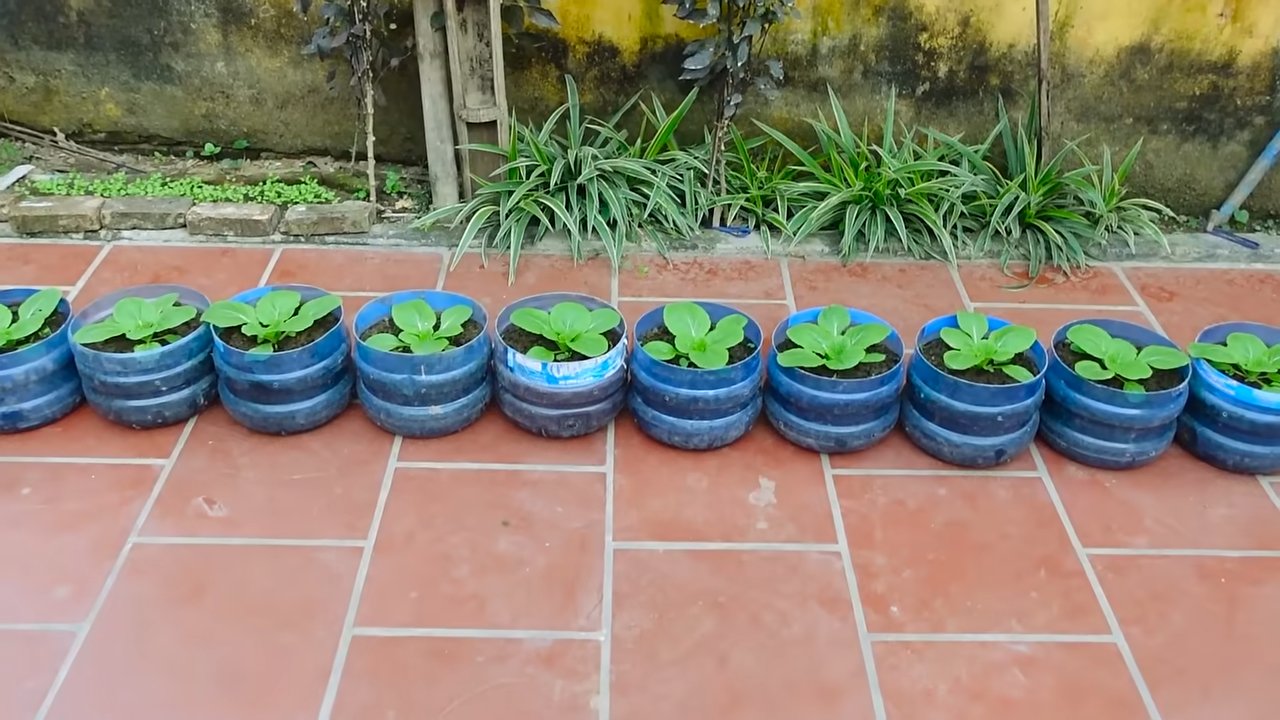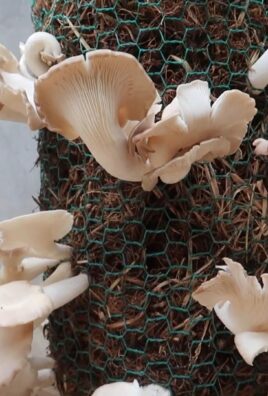Grow Chinese Cabbage Fast? Absolutely! Imagine harvesting crisp, delicious Chinese cabbage from your own backyard in record time. Forget those long waits and unpredictable grocery store produce – with a few clever tricks and DIY hacks, you can be enjoying fresh, homegrown cabbage in no time.
For centuries, Chinese cabbage has been a staple in Asian cuisine, prized for its versatility and nutritional value. From stir-fries to kimchi, this leafy green has nourished families and communities. But you don’t need to be a seasoned gardener to enjoy its benefits. I’m here to show you how to grow Chinese cabbage fast, even if you’re a complete beginner!
Let’s face it, we all want to save time and money. Buying fresh produce can be expensive, and sometimes the quality just isn’t there. That’s where these DIY tricks come in. By learning how to accelerate the growth of your Chinese cabbage, you’ll not only have a constant supply of fresh greens, but you’ll also experience the satisfaction of nurturing your own food. Plus, it’s a fantastic way to connect with nature and reduce your environmental footprint. So, are you ready to unlock the secrets to a bountiful and speedy cabbage harvest? Let’s get started!

Grow Napa Cabbage Lightning Fast: Your DIY Guide for a Bountiful Harvest
Hey garden friends! Napa cabbage is a super versatile vegetable that really makes a statement in the kitchen. But who has forever to wait for the harvest? Don’t worry, I’ll show you how to really boost your Napa cabbage cultivation so you’ll have fresh cabbage on your plate soon. Let’s go!
The Basics: What Napa Cabbage Loves
Before we get into the details, let’s quickly clarify what Napa cabbage actually needs to get a good start:
- Sunny location: Napa cabbage loves the sun! At least 6 hours of direct sunlight per day is ideal.
- Loose, nutrient-rich soil: The soil should be well-draining to prevent waterlogging. Compost or well-rotted manure are great for enriching the soil.
- Regular watering: Napa cabbage needs plenty of water, especially during its growth phase. Make sure the soil is always slightly moist.
- Cool temperatures: Napa cabbage doesn’t like it too hot. The ideal temperature is between 15 and 20 degrees Celsius. That’s why it’s perfect for growing in spring or fall.
- Pest protection: Aphids, cabbage whites, and slugs can really take a toll on Napa cabbage. Preventive measures are key here.
Step-by-Step Guide: How to Achieve Fast Cultivation
Now let’s get specific! Here is my proven method for growing Napa cabbage quickly and successfully:
1. Preparation: The Foundation for a Bountiful Harvest
- Select seeds: Choose a fast-growing variety of Napa cabbage. There are special varieties that mature particularly early. It’s best to ask at your garden center.
- Start indoors (optional, but recommended): To save time, you can start the Napa cabbage indoors. This gives it a little head start.
- Sowing: Fill small seed pots with seed-starting mix. Place 2-3 seeds per pot about 1 cm deep into the soil.
- Watering: Water the soil gently so it is moist but not wet.
- Location: Place the pots in a bright, warm place (approx. 18-20 degrees Celsius).
- Germination: After about a week, the first seedlings should be visible.
- Thinning: Once the seedlings have 2-3 leaves, you can thin them out. This means you remove the weakest seedlings and leave only the strongest one per pot.
- Prepare the soil: Whether you start indoors or sow directly into the bed, the soil must be prepared.
- Loosen: Loosen the soil thoroughly so it is well-aerated.
- Fertilize: Work compost or well-rotted manure into the soil. This provides the Napa cabbage with important nutrients. An organic vegetable fertilizer is also a good option.
- Level the soil: Rake the soil smooth and remove stones and weeds.
2. Sowing or Transplanting: The Starting Shot
- Direct sowing (if you didn’t start indoors):
- Make furrows: Make furrows in the bed about 30-40 cm apart.
- Sowing: Place the seeds in the furrows, about 1 cm deep. The distance between the seeds should be about 5-10 cm.
- Covering: Cover the seeds with soil and press down lightly.
- Watering: Water the soil gently.
- Transplanting (if you started indoors):
- Dig holes: Dig holes in the bed about 30-40 cm apart. The holes should be as deep as the seed pots.
- Plant seedlings: Carefully remove the seedlings from the pots and place them in the holes.
- Hilling: Fill the holes with soil and press down lightly.
- Watering: Water the seedlings thoroughly.
3. Care: So the Napa Cabbage Thrives
- Watering: Napa cabbage needs regular water, especially in dry weather. It’s best to water in the morning or evening so the water doesn’t evaporate as quickly. Avoid waterlogging!
- Remove weeds: Keep the bed weed-free so the Napa cabbage doesn’t have to compete for nutrients and water.
- Fertilize: Fertilize the Napa cabbage every 2-3 weeks with an organic vegetable fertilizer. This ensures healthy growth and a bountiful harvest.
- Pest control:
- Cabbage whites: Cover the plants with an insect net to prevent cabbage whites from laying their eggs.
- Aphids: Spray the plants with a solution of soft soap and water.
- Slugs: Collect slugs or set up slug traps.
- Loosen the soil: Loosen the soil regularly to keep it well-aerated.
4. Harvest: The Reward for Your Efforts
- Harvest time: Napa cabbage is ready to harvest when the heads are firm and closed. Depending on the variety and weather, this is usually after about 60-80 days.
- Harvesting: Cut the heads with a sharp knife just above the ground.
- Storage: Napa cabbage can be stored in the refrigerator for a few days. It’s best to wrap it in a damp cloth.
Additional Tips for Turbo-Growth
- Mulching: A layer of mulch made of straw or grass clippings keeps the soil moist, suppresses weeds, and protects against soil erosion.
- Cold frame: A cold frame extends the growing season and protects the plants from frost.
- Companion planting: Plant Napa cabbage together with marigolds, chamomile, or dill. These plants repel pests and promote growth.
- Regular checks: Check the plants regularly for pests and diseases. The sooner you intervene, the better.
Avoiding Common Mistakes
- Planting too closely: Ensure there is enough space between the plants so they can develop well.
- Too little water: Napa cabbage needs a lot of water, especially during its growth phase.
- Too little fertilizer: Napa cabbage is a heavy feeder and needs sufficient nutrients.
- Neglecting pest control: Pests can quickly damage Napa cabbage. Preventive measures are important.
With these tips and tricks, nothing stands in the way of a quick and successful Napa cabbage harvest. Happy gardening! And remember: patience and attention to detail always pay off. Let it grow

Conclusion
So, there you have it! Growing Chinese cabbage fast doesn’t have to be a daunting task reserved for seasoned gardeners. With these simple, yet effective DIY tricks, you can transform your garden into a thriving haven for this nutritious and delicious vegetable. We’ve covered everything from selecting the right variety and preparing the soil to providing optimal sunlight and water, and even protecting your precious plants from pests and diseases.
But why is this DIY approach a must-try? Because it empowers you to take control of your food source, ensuring you have access to fresh, healthy Chinese cabbage whenever you desire. Store-bought vegetables often lack the vibrant flavor and nutritional value of homegrown produce. Plus, the satisfaction of nurturing a plant from seed to harvest is an unparalleled experience. Imagine the pride you’ll feel serving a stir-fry made with Chinese cabbage you grew yourself!
Beyond the basic techniques, there’s plenty of room for experimentation and personalization. Consider these variations to further enhance your Chinese cabbage growing experience:
* **Succession Planting:** Plant seeds every two to three weeks to ensure a continuous harvest throughout the growing season. This is especially useful if you enjoy Chinese cabbage regularly.
* **Companion Planting:** Plant Chinese cabbage alongside beneficial herbs like dill or chamomile to attract pollinators and deter pests naturally. Marigolds are also excellent companions for repelling nematodes.
* **Container Gardening:** If you have limited space, grow Chinese cabbage in large containers or raised beds. This allows you to control the soil quality and move the plants to optimal sunlight conditions.
* **Fertilizer Experimentation:** While we recommended a balanced fertilizer, you can experiment with different organic fertilizers like compost tea or fish emulsion to see which yields the best results for your specific soil conditions.
* **Variety Exploration:** Don’t limit yourself to just one variety of Chinese cabbage. Try different types like ‘Michihili’ or ‘Napa’ to discover your favorite flavor and texture.
The key to success is observation and adaptation. Pay close attention to your plants, monitor the weather conditions, and adjust your approach as needed. Remember, gardening is a learning process, and every season brings new opportunities to refine your skills.
We are confident that with a little effort and these DIY tricks, you’ll be harvesting your own bountiful crop of Chinese cabbage in no time. We encourage you to embrace the journey, get your hands dirty, and experience the joy of growing your own food.
Now, we want to hear from you! Have you tried these DIY tricks for growing Chinese cabbage fast? What were your results? Do you have any additional tips or variations to share? Please leave a comment below and let us know about your experience. Your insights could help other gardeners achieve success and inspire them to embark on their own Chinese cabbage growing adventures. Share your photos, stories, and questions – we’re all in this together! Let’s build a community of thriving Chinese cabbage growers!
Frequently Asked Questions (FAQ)
What is the best time of year to plant Chinese cabbage?
The best time to plant Chinese cabbage depends on your climate. In general, it’s a cool-season crop, so you should plant it in early spring or late summer/early fall. For spring planting, start seeds indoors 4-6 weeks before the last expected frost. For fall planting, sow seeds directly into the garden 6-8 weeks before the first expected frost. Avoid planting during the hottest months of summer, as high temperatures can cause the plants to bolt (go to seed prematurely).
How much sunlight does Chinese cabbage need?
Chinese cabbage requires at least 6 hours of direct sunlight per day. If you’re growing it indoors, use grow lights to supplement natural sunlight. Insufficient sunlight can result in leggy plants with poor head formation.
What type of soil is best for growing Chinese cabbage?
Chinese cabbage prefers well-drained, fertile soil with a pH between 6.0 and 7.5. Amend the soil with compost or other organic matter to improve drainage and fertility. Avoid heavy clay soils, as they can become waterlogged and inhibit root growth.
How often should I water Chinese cabbage?
Water Chinese cabbage regularly, especially during dry periods. Aim to keep the soil consistently moist but not waterlogged. Water deeply at the base of the plants to avoid wetting the leaves, which can increase the risk of fungal diseases. A good rule of thumb is to water when the top inch of soil feels dry to the touch.
What are some common pests and diseases that affect Chinese cabbage?
Common pests that affect Chinese cabbage include aphids, cabbage worms, flea beetles, and slugs. Common diseases include clubroot, downy mildew, and black rot. To prevent pest and disease problems, practice crop rotation, use row covers, and inspect your plants regularly. If you spot any pests or diseases, take action immediately by using organic pesticides or fungicides.
How do I prevent Chinese cabbage from bolting?
Bolting is a common problem with Chinese cabbage, especially during hot weather. To prevent bolting, choose bolt-resistant varieties, plant at the right time of year, and provide adequate water and shade. You can also use row covers to protect the plants from excessive heat.
When is Chinese cabbage ready to harvest?
Chinese cabbage is typically ready to harvest 60-80 days after planting. The heads should be firm and compact. To harvest, cut the head at the base of the plant with a sharp knife.
Can I grow Chinese cabbage in containers?
Yes, you can grow Chinese cabbage in containers. Choose a large container with drainage holes and fill it with well-draining potting mix. Be sure to provide adequate sunlight and water. Container-grown Chinese cabbage may require more frequent fertilization than plants grown in the ground.
How do I store Chinese cabbage?
Store Chinese cabbage in the refrigerator for up to two weeks. Wrap the head in a plastic bag or damp paper towel to prevent it from drying out. You can also freeze Chinese cabbage, but it will lose some of its texture. To freeze, blanch the leaves for 2-3 minutes, then cool them in ice water. Drain well and pack into freezer bags.
Is Chinese cabbage nutritious?
Yes, Chinese cabbage is a nutritious vegetable. It’s a good source of vitamins A and C, as well as fiber and antioxidants. It’s also low in calories and fat. Incorporating Chinese cabbage into your diet can contribute to overall health and well-being.
What are some ways to use Chinese cabbage in cooking?
Chinese cabbage is a versatile vegetable that can be used in a variety of dishes. It can be eaten raw in salads, stir-fried, steamed, or added to soups and stews. It’s also a popular ingredient in Asian cuisine, such as kimchi and dumplings. Experiment with different recipes to discover your favorite ways to enjoy Chinese cabbage.




Leave a Comment